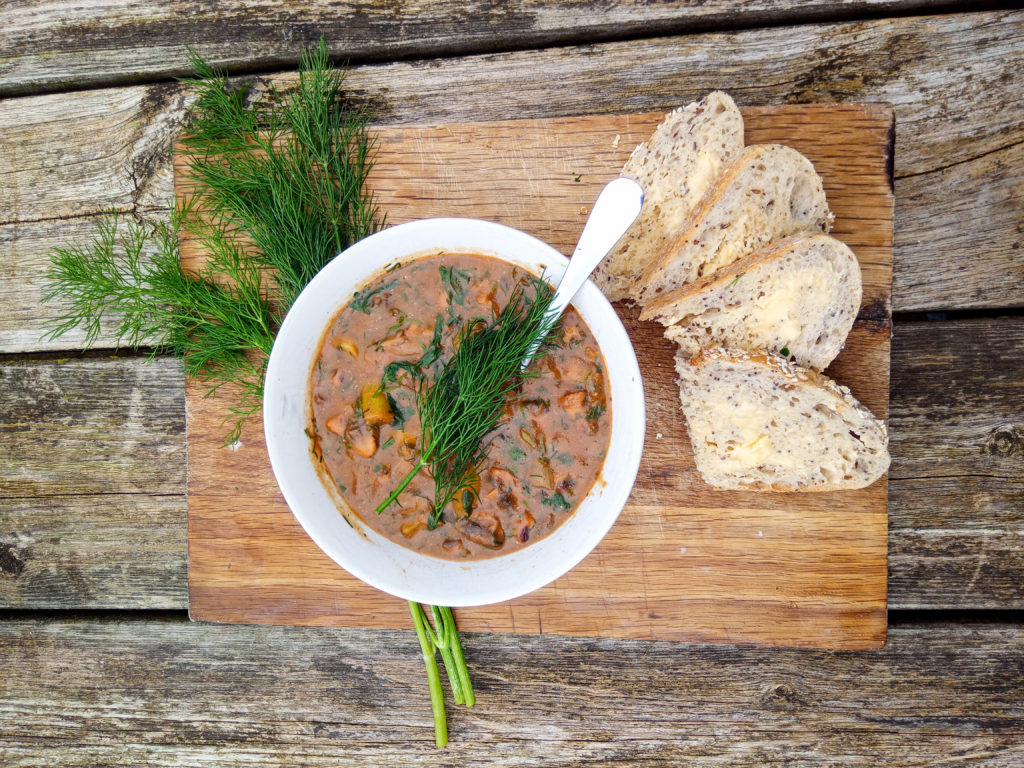
This is a delicious soup, which is substantial enough to be served as a main meal. The mixture of dill and paprika is an unusual flavour but they compliment each other very well, especially with the addition of smetana a type of sour cream found in Eastern European delicatessens.
Ingredients
- 1 tbsp butter
- 1 tbsp olive oil
- 2 banana shallots or 1 large onion
- 400g Mushrooms (Rehydrated weight if using dried mushrooms)
- 1-2 tbsp mushroom powder (optional)
- 300g of broad beans (preferably peeled) or 1 x 400g tin of beans (suggest blackeye beans)
- 2 medium sized floury potatoes
- 1 tbsp of rice flour (can use plain wheat flour)
- 1 heaped teaspoon of sweet paprika
- Slug of mushroom ketchup
- ½ bunch of dill (approx. 15-20 stalks)
- ½ bunch of parsley
- 10-20 chopped wild garlic leaves or tablespoon of dried wild garlic flakes (substitute for chives or crow garlic if not in season)
- 2 tsp of nutritional yeast flakes
- 1 tbsp barely miso (Or 4 tsp vegetable stock power)
- Twist black pepper
- Cream or smetana to serve (optional)
For the stock –
- Edible garden weeds such as nettle and goosegrass, leek tops and bay leaves and shallot/onion skin
Method
- Half fill a large pan with garden weeks, chopped leek tops, add 4-5 bay leaves and top with water.
- Warm the butter and olive oil then add the shallots or onion.
- Once they start to turn translucent, chop the mushrooms into small pieces and add to the pan.
- After 3-4 minutes coat the mushrooms in the paprika and stir well, cook for a minute or so then add the rice flour and sprinkle in the mushroom powder.
- Add the miso paste or stock powder.
- Top up with approx. 1 litre of the stock.
- Chop the potatoes finely and add to the pan.
- Simmer for 5 minutes or so then add the drained can of beans.
- Simmer for another 5 minutes then add the finely chopped stalks of the herbs, the nutritional yeast flakes and the mushroom ketchup.
- Continue to simmer for a few more minutes until the potato is soft, at this point chop the tops of the herbs and add to the mix.
- Check for seasoning, add the pepper if necessary.
- Serve with a good helping of single cream and crusty bread (suggest seeded sourdough)

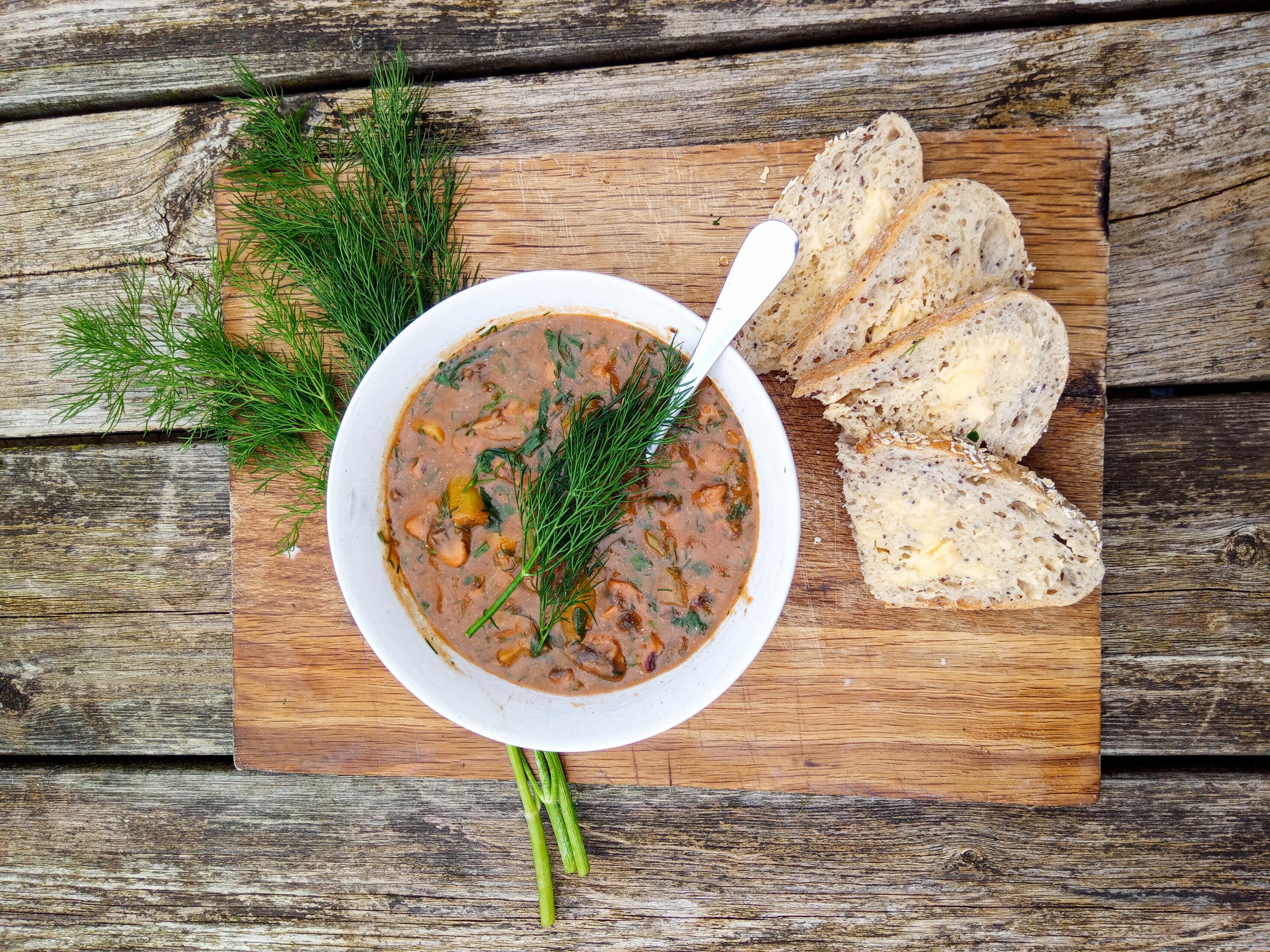
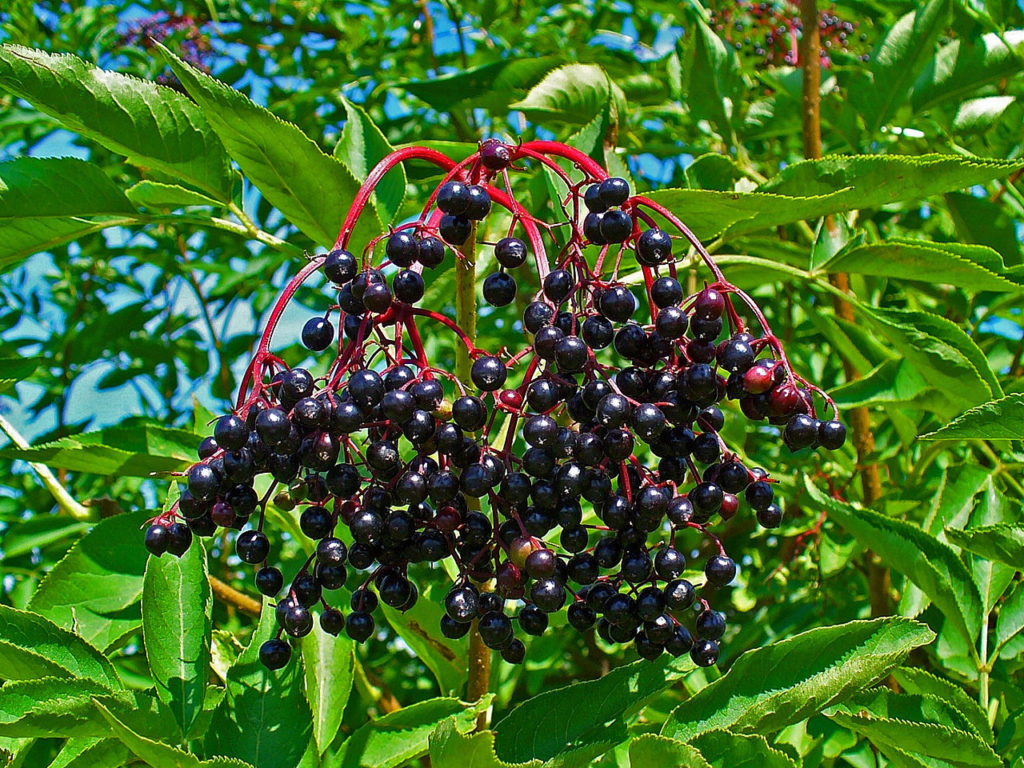



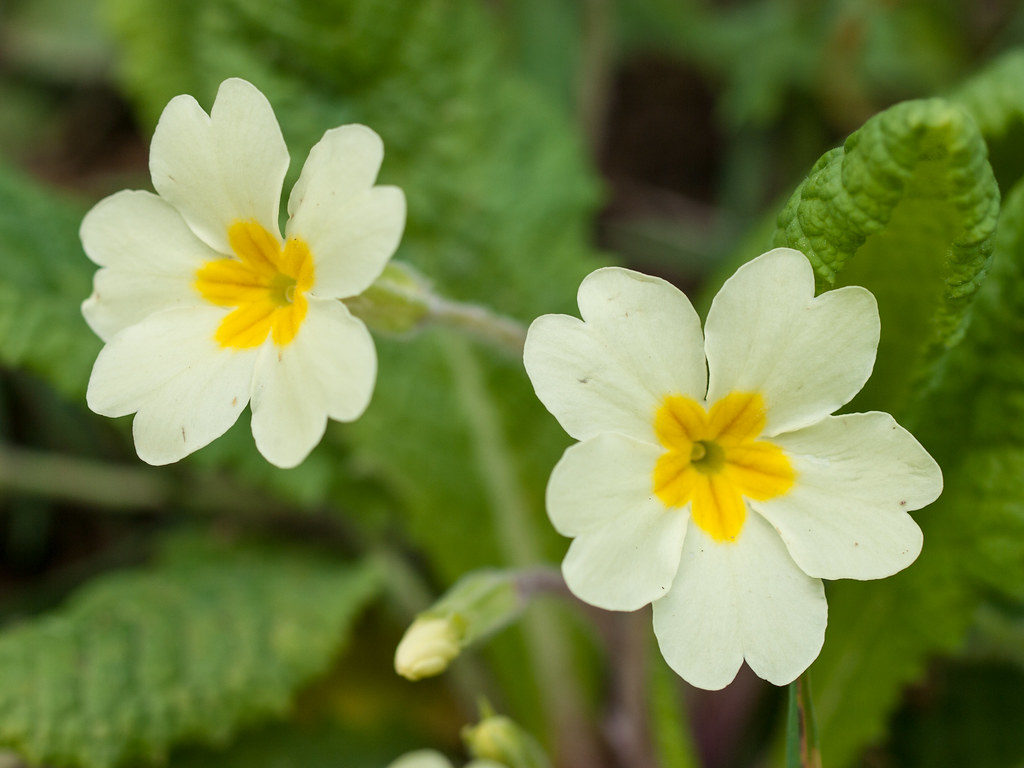
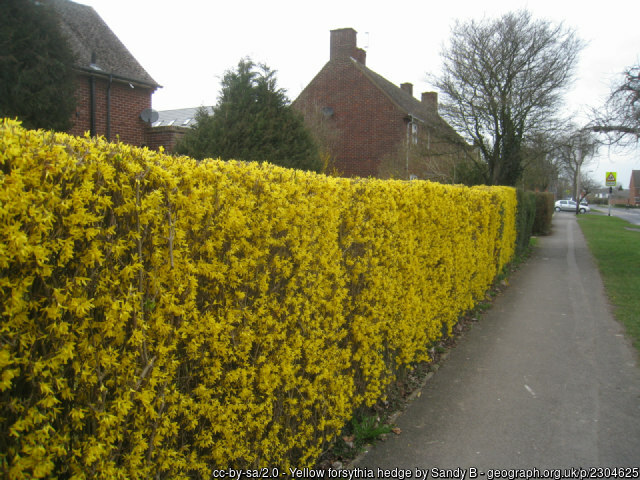
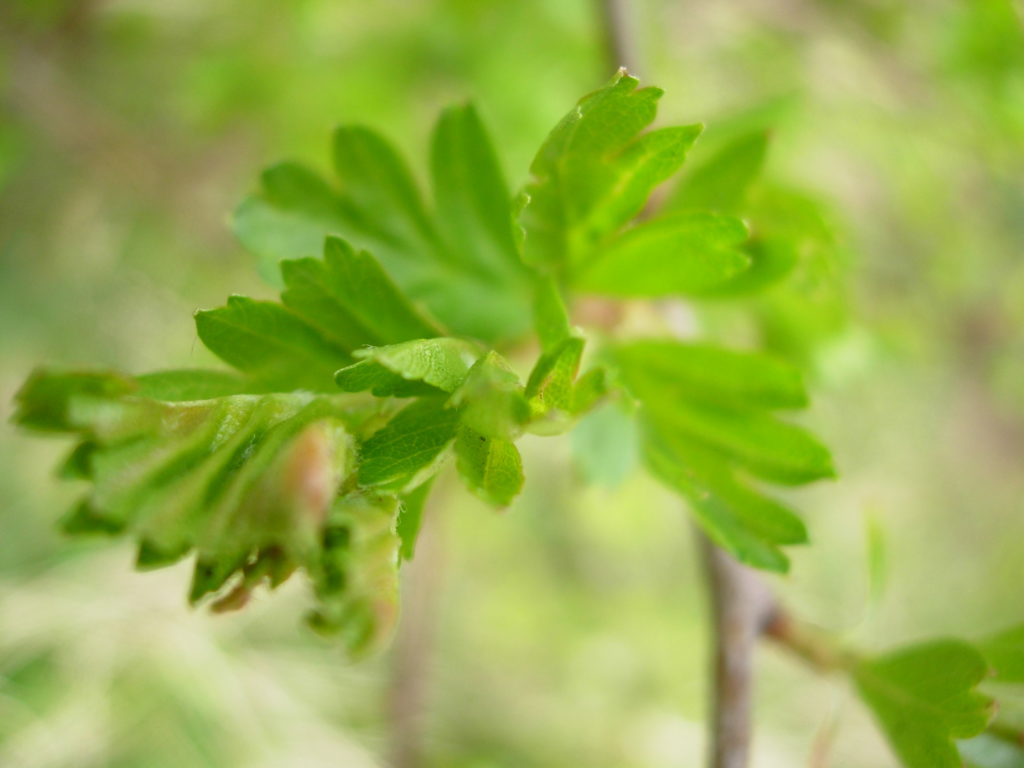

 Hello! I am Dave Hamilton, a writer and tutor living in the South West of England with my partner and two young sons. I have sold over 70,000 books worldwide and have been translated into five different languages.
Hello! I am Dave Hamilton, a writer and tutor living in the South West of England with my partner and two young sons. I have sold over 70,000 books worldwide and have been translated into five different languages.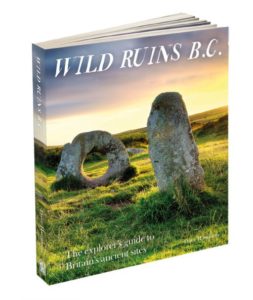
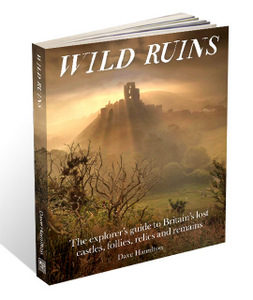
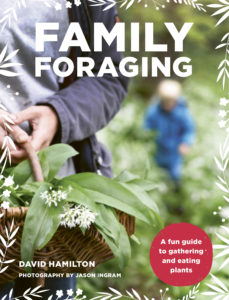
 My writing career began with the book the
My writing career began with the book the 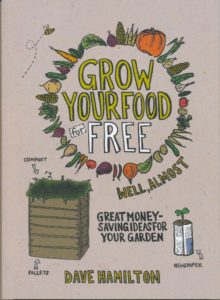 Whilst living in Totnes and teaching sustainable horticulture at Schumacher College I wrote my second book
Whilst living in Totnes and teaching sustainable horticulture at Schumacher College I wrote my second book